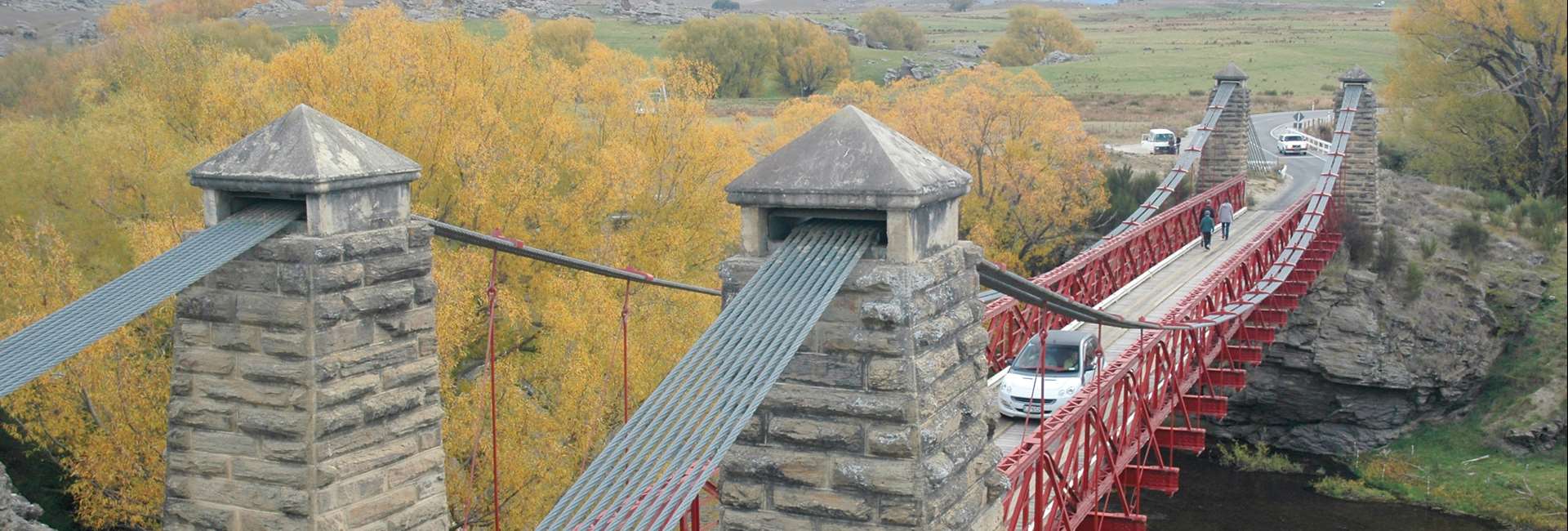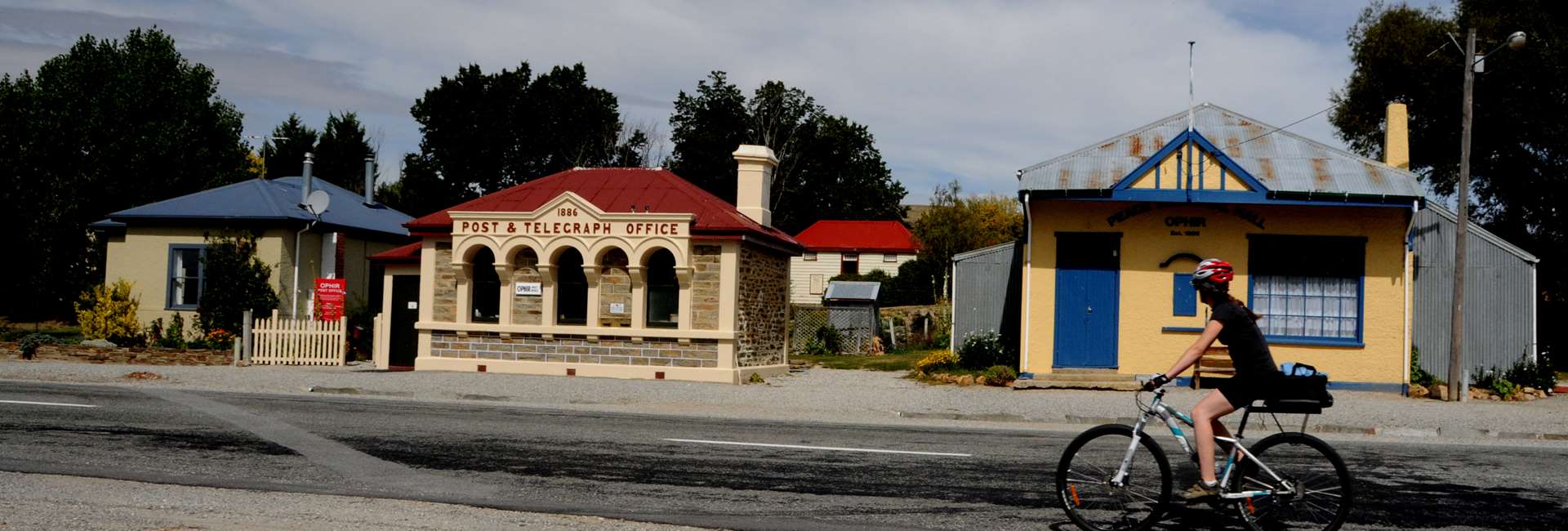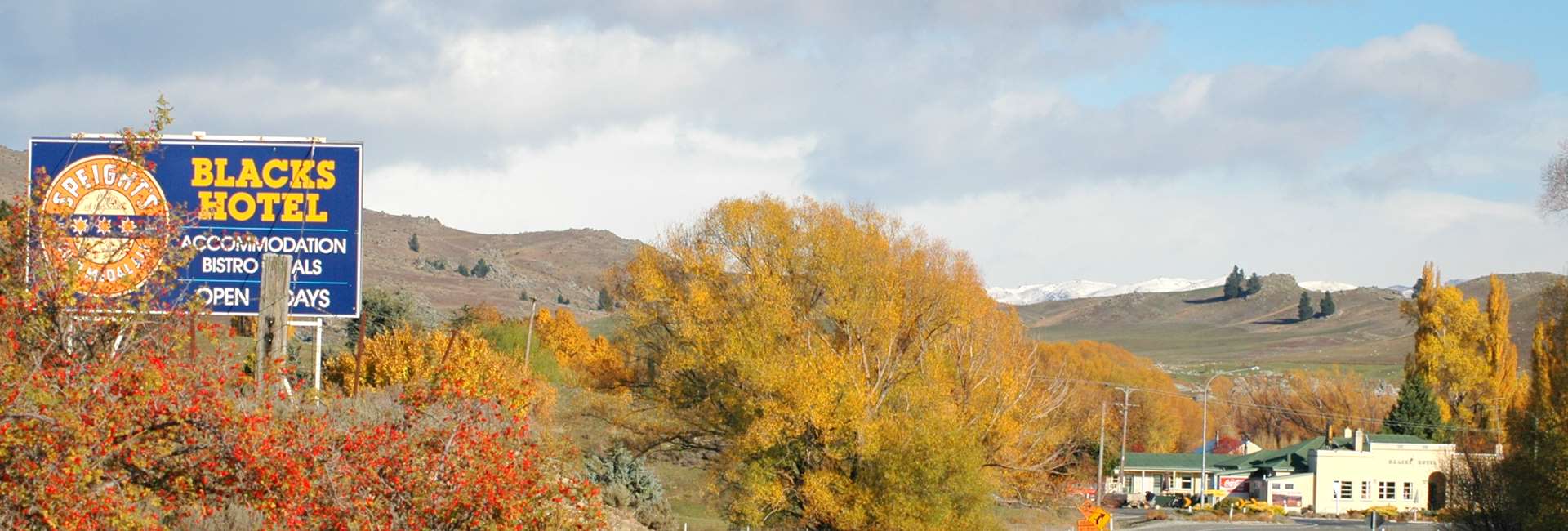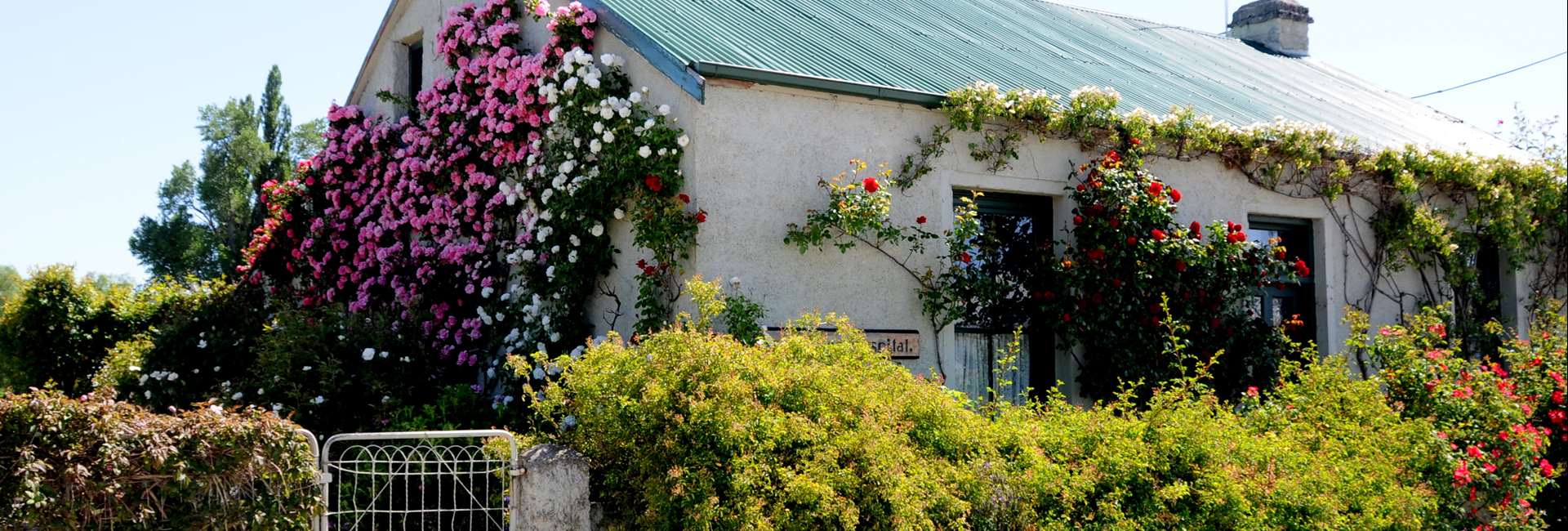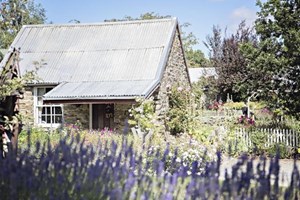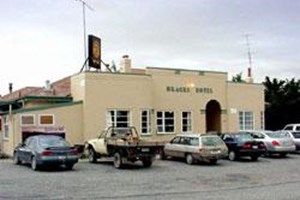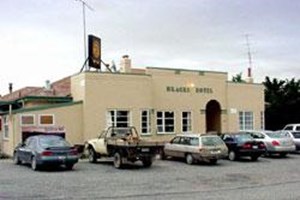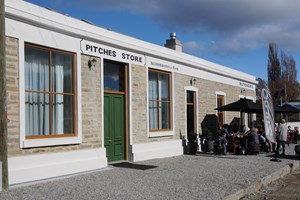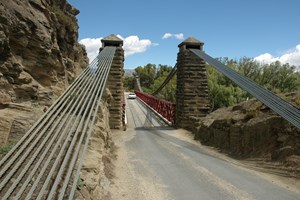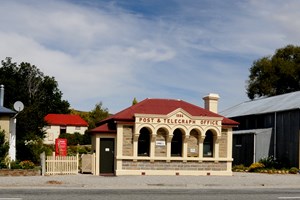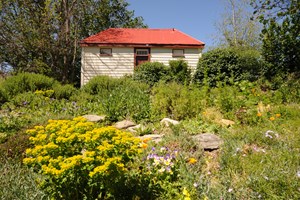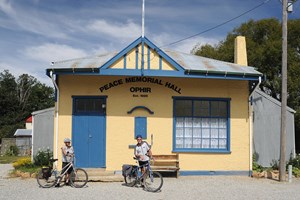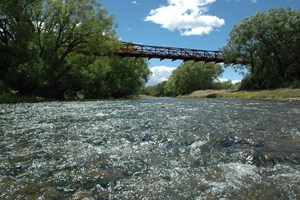Ophir
At its peak, Ophir had numerous impressive buildings and many still remain today
Originally known as Blacks, after the Black brothers on whose farm gold was discovered in 1863, the decision was made in 1875 to rename the township Ophir, honouring the biblical land where the Queen of Sheba obtained gold for King Solomon. Ophir was never that rich, but for many years was the Manuherikia Valley’s main population centre, explaining substantial buildings like the village hall and the stone post office built in 1886 and now owned by the Historic Places Trust. When gold became scarce and Ophir was bypassed by the Otago Central Rail Trail, Ophir’s population dwindled leaving behind plenty for today’s visitor to see.


